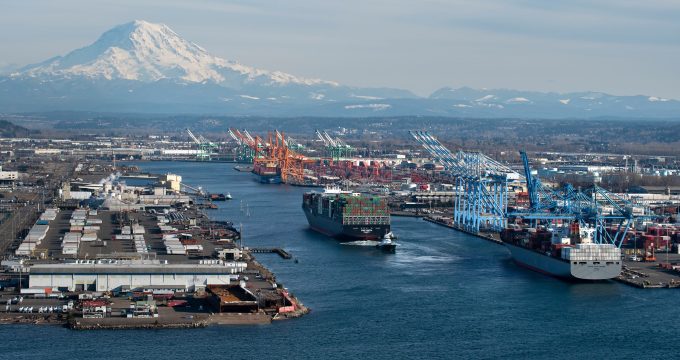Opposition builds for final hearing on US plan to tax Chinese box ship calls
US importers and shippers await the outcome of the final hearing on the new administration’s ...

The Northwest Seaport Alliance (NWSA) can see light at the end of the congestion tunnel.
At the end of last year, vessel unloading had slowed due to the festive holiday and icy weather, but terminals are back to handling multiple ships a day.
And the number of vessels waiting for berth space was down to two or three, mid-week.
Rail flows have been smooth since the two Class I operators that serve the port complex managed to clear their backlogs, but there is ...
Trump tariffs see hundreds of cancelled container bookings a day from Asia
'To ship or not to ship', the question for US importers amid tariff uncertainty
'Disastrous' DSV-Schenker merger would 'disrupt European haulage market'
'Chaos after chaos' coming from de minimis changes and more tariffs
Forto 'sharpens commercial priorities' as it lays off one-third of staff
List of blanked transpac sailings grows as trade war heats up and demand cools
EC approves DSV takeover of DB Schenker
Overcapacity looms for ocean trades – with more blanked sailings inevitable
Amazon Air’s metamorphosis: 'a different air cargo unit from two years ago'
Shippers in Asia restart ocean shipment bookings – but not from China
India withdraws access for Bangladesh transhipments, in 'very harmful' decision
'Tariff hell' leaves industries in limbo – 'not a great environment to plan'

Comment on this article